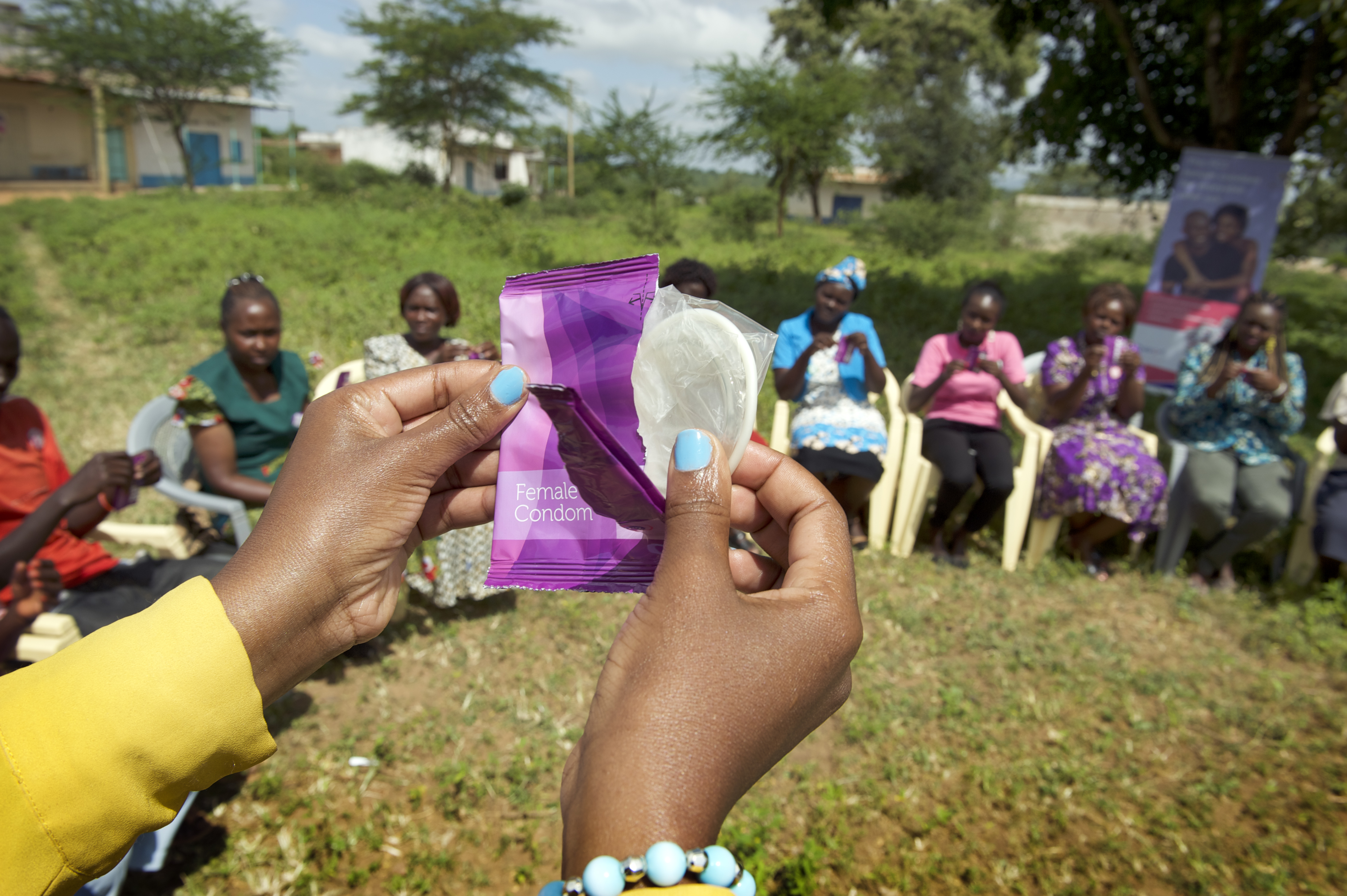What is Family Planning without STI & HIV prevention?
A plea for more integration
For us at the Female Health Company it is a given; the best way to protect yourself is with dual protection. The FC2 Female Condom combines it all in one package: HIV prevention, a barrier against STIs, and protection against unplanned pregnancies. So perhaps that is why it comes as an unpleasant surprise to us that at conferences and at meetings with donors, time and time again we notice the funding landscape around sexual and reproductive health and rights is extremely segregated.
At last week’s Family Planning Summit in London, we were grateful that so many governments and organizations proved their commitment to family planning by pledging to invest in it. In total, 64 new policies and financial commitments were made by governments, donors, foundations and the private sector. We applaud their combined efforts to counter the funding gap that has been caused by the Global Gag Rule and general lack of funding priority for SRHR worldwide.
Like many others at the summit, the Female Health Company committed to another 5-year pledge[1]. We believe family planning is life- and future planning. But dual protection is important. Where is the attention for HIV & STI prevention? What is family planning worth if women and girls (and their male partners) still fall sick? Where is mother to child transmission of HIV, STIs or the recent Zika crisis in the conversation? So, in this blog, we would like to shift the focus to prevention; not only the prevention of unplanned pregnancies, but also the prevention of STIs such as HIV and Zika. We can assure you; they are just as unplanned.
Last month, we asked you to speak up with us to keep the female condom on the agenda. Not only in terms of advocacy, also in terms of investment. As we showed in that letter, in 2012, UNFPA and USAID provided 334,833 CYP[2] by investing in the female condom. In 2016 this number has decreased to 171,333 CYP combined: in four years, it almost halved. To give you a different picture; from the total global HIV prevention R&D Investments (with US funding), 0.3% went to female condoms last year (down from 0.5% in the previous year). For the European public-sector investments in HIV Prevention by R&D, this is 0% (down from 0.1% in 2014)[3].
The female condom is still the ONLY dual protection method available to women worldwide with which they can take control over their own protection from STIs and unplanned pregnancies. Not all women in the world might want to use the female condom, but many do, and we know who they are! Keeping the female condom on the agenda ensures a method mix from which women can choose. The ability to choose will lead to higher use of contraceptives and barrier methods as there is a method out there for everyone. The numbers don’t lie; an investment of 0.3%, 0%... we have said it before and we will say it again: we can’t have the female condom disappear, but if we don’t act now, it will.
As Melinda Gates said at the Family Planning Summit in London last week: “Contraceptives are one of the greatest antipoverty innovations in the world”. For condoms specifically, this is not just because they are a great tool in family planning, it is also (and especially) because they help prevent people from falling sick. If we as a community want to make the SDGs happen, we should invest in the right tools; not predominantly in the newest products and developments, but also, and in particular, we should invest in the tools that we already have and that have been proven to work, like the female condom.
We are excited about the recently formed commission by the Lancet that will investigate the future of the HIV response and global health. They acknowledge the importance of translating success in one field (the fight against AIDS) to broader global health strategies and the SDG agenda. We at Female Health believe that is the future, and the way to reach the Sustainable Development Goals. Remember SDG number 5, ‘Achieve gender equality and empower all women and girls’, including its target, to ensure universal access to sexual and reproductive health and reproductive rights? The only way to get there is together. Let’s make it happen!
[1] Based on the procurement quantity of the purchasing country, the Female Health Company pledged to provide accompanying technical support free of charge, in the form of master training; educational materials; and demonstration models to ensure sustainable FC2 female condom programs in that country.
[2] Couple-Years of Protection; a measure that estimates the protection from pregnancy provided by contraceptive methods during a one-year period.
[3] HIV Prevention Research & Development Investments 2000 – 2016, by AVAC


Leave A Comment